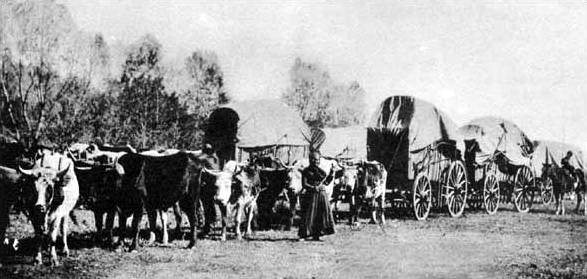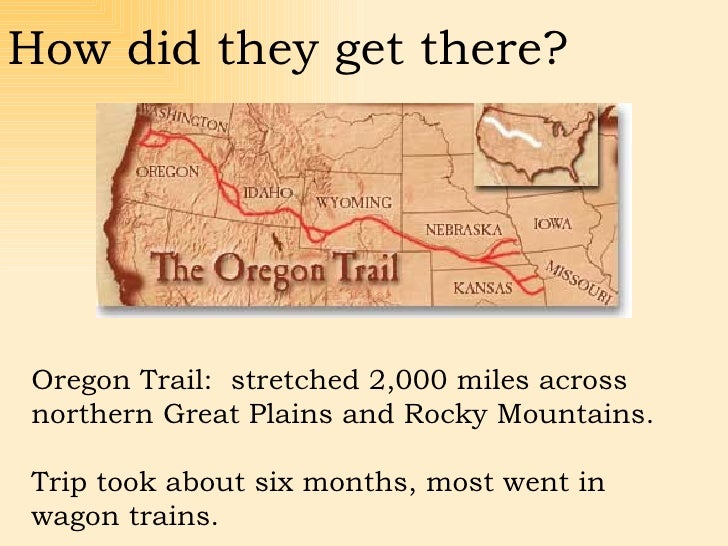I have chosen a Native American website of the Minnesota Chippewa Tribe. http://www.mnchippewatribe.org/human_services.html

This is a picture of the Minnesota Chippewa Tribe and in the background is the building of it. This picture and the website indicates that this particular tribe are not facing any problems in contemporary American society, as it is a federally recognised tribe which help to promote and protect it's members as well as provide services to the tribal people.
The fact that there is a tribal website for the Chippewa tribe shows that it is well known, and still has people who associate with it too. This demonstrates their success as well as 21st Century America uses traditional Indian methods like wild rice making, which suggests that they have succeeded in the modern day by themselves, and have kept their values as well as passing it on to future generations. To this day people also use canoes and fish, both are traditionally associated with the Chippewa tribe, as this is what they would have had to do in order to live and survive, due to their location (mainly Minnesota).
Their identity is also recognised in the 21st Century because they have a website specifically for the Chippewa tribe, which also proves how successful they are, when many Native American tribes are becoming 'extinct' after each generation. The reason that the Chippewa tribe may not be facing any problems nowadays is because Minneapolis has one of the highest populations of Native Americans in the country, which would make their success a lot higher in Minnesota than other areas, as well as having many lakes such as Lake Superior which is a traditional environment for these native people in the Chippewa tribe where they would canoe and fish.
Red Lake Indian Reservation:

This is the only closed reservation in Minnesota, and the tribe has the right to limit who can visit or live in the reservation. This is really interesting as it shows that the Native American tribe isn't a minority group who have little control over preserving their cultures, traditions and heritage. The lake also covers over 1000+ miles in 9 counties in Minnesota, USA. This is interesting as the tribal government has full sovereignty over the reservation (apart from the federal government), which suggests that these people hold a fair amount of power, especially for a group which is considered a minority in the 21st Century.
However, because the website does offer support and many services this would also indicate that the Chippewa tribe are struggling in the 21st Century and need this support in order to make sure that they survive for generations to come. These services offer help for the tribal communities to be self-sufficient and to also promote their cultural identity, which must mean that it is becoming increasingly threatened by people outside of the tribe, and the website is one way to ensure that this doesn't happen.
The website itself has the appearance of Native America as it has images of typical Chippewa items such as the slippers and the river, which would be common in Minnesota. The background has a woodland effect to it which relates to the environment which these people would have lived in and potentially still do. The fact that there is a website makes it obvious that these tribes need to be recognised and need help and assistance in the 21st Century with keeping their values, cultures, identity and religion, despite the American society allowing them to identify as a Native American tribe called the Chippewa Tribe.
Grace La Traille
Sources:
indiancountrytodaymedianetwork
www.mnchippewatribe.org
http://www.redlakenation.org/index.asp?SEC=C41237ED-5223-4C73-B2F3-1A02AEE77A16&Type=B_DIR
http://www.redlakenation.org/
http://en.wikipedia.org/wiki/Red_Lake_Indian_Reservation
http://www.mnwildrice.com/riceinfo.htm
http://native-american-indian-facts.com/Northeast-American-Indian-Facts/Chippewa-Indians-Facts.shtml
http://www.mnchippewatribe.org/index.html


